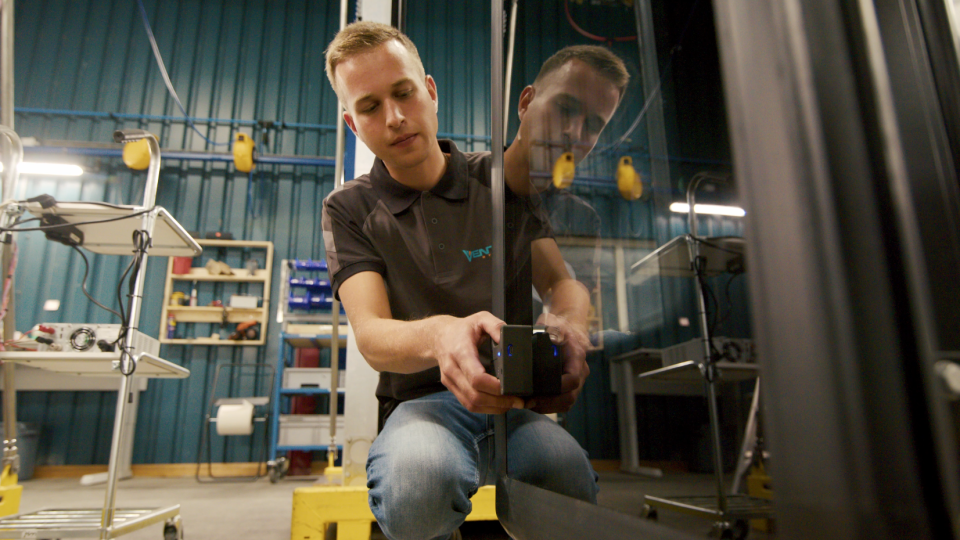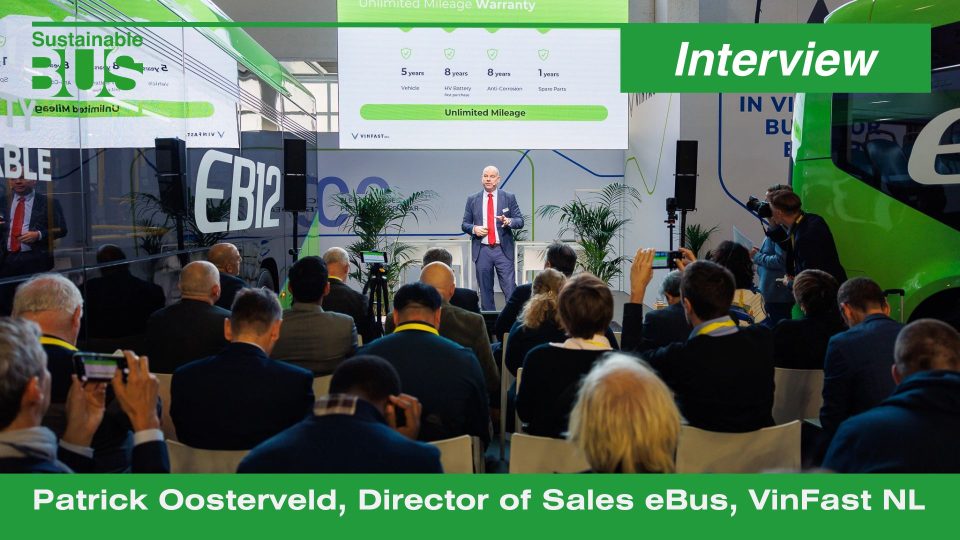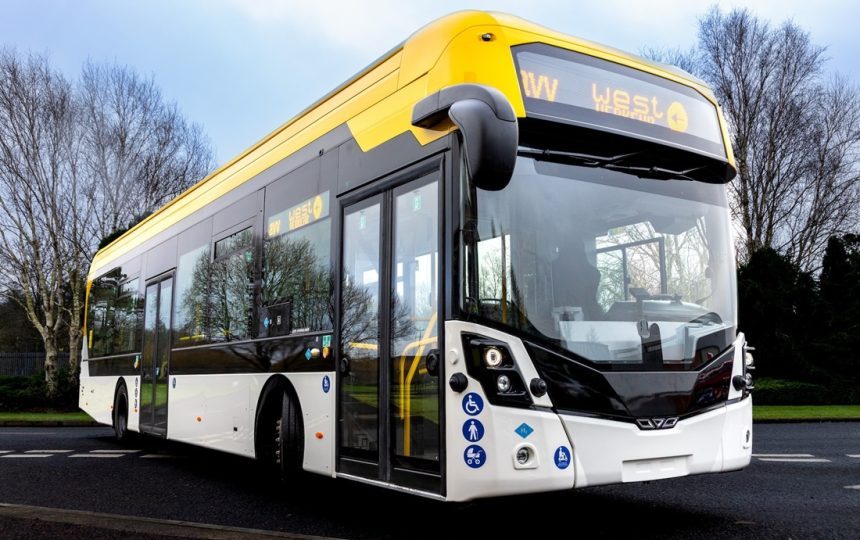The MaaS Club is born. Introducing a series of analyses on the Mobility-as-a-Service revolution
Below, the first of a series of articles aimed at analyzing, discussing, explaining and shedding light on Mobility-as-a-Service, outlining trends, key studies, scenarios. Let’s admit it: in the last 4 or 5 years the acronym ‘MaaS’ has haunted us at every corner. In the world of public transport, you can’t read a publication, attend a […]

Below, the first of a series of articles aimed at analyzing, discussing, explaining and shedding light on Mobility-as-a-Service, outlining trends, key studies, scenarios.
Let’s admit it: in the last 4 or 5 years the acronym ‘MaaS’ has haunted us at every corner. In the world of public transport, you can’t read a publication, attend a conference or a webinar, and have a chat with a colleague without hearing (or mentioning) the magic word “MaaS”.
The problem is that only a few people have a clear picture of what MaaS really is. In many cases there is quite a bit of confusion. A couple of days ago a transit authority was concerned about throwing away the new digital ticketing system it had purchased not so long ago, “because of the need to update to this new MaaS ticketing system in the near future”.
Well, to be honest, confusion is quite a normal physiological reaction when introducing a new concept to the market. Learning and informing is the cure and the more we talk about it, the better we will understand it.
That’s the reason why Sustainable Bus is launching, starting with this contribution, a new article series under the denomination “MaaS Club”, where we will talk about MaaS and other interesting topics. The aim is to look at what all this MaaS fuss is about.
The MaaS transit cocktail
Mobility-as-a-Service (MaaS) is an interesting new concept of mobility, promising a choice of a multimodal opportunities for travel, mixing public and private transport services and facilities.
Basically, you are able to use the transit options offered by a MaaS platform to plan your trip from A to B, using private cars, buses, trams, trains, bikes, scooters, ferries, taxis, and also your legs, if you like to walk.
When queried via the app, a MaaS platform should offer you a choice of transport options included in the territory you need to move around in. It’s a transit ‘cocktail’ you can create as per your needs and wishes.
It’s a very clever idea indeed, for which technology is without doubt the conditio sine qua non for such a transport business model.
The MaaS app is just the easy part…
Of course, when we say technology, we not only mean the smartphone and app to be downloaded (that’s the relatively easy part), but also the sophisticated platforms which elaborate the data from the various providers of public and private mobility services, and make it possible for a person to plan a trip, choosing their preferred means of transport, paying for all the best fares using just one account in just one app, as well as consulting route options, travel times, and facilities nearby.
The actions required by passengers to achieve all the above are entirely digital: they have to choose from the travel options illustrated in the app, authorize the payment and follow the instructions. The platform will calculate everything you need and will also clear payments, assigning the correct fare for the trip to the right mobility provider.
This is the future, a concept of fluid travel within a set geographical area, with the medium/long-term goal of expanding into other areas.
This future in some cases is nearer for some than for others. It is important, in fact, to take into consideration the technological infrastructures that are currently in place: for example, while some transit companies have already purchased advanced ticketing systems that can be connected to a MaaS platform with other advanced and digitalized mobility services active in their area, some other transport operators still run their services relying on paper tickets, mag stripes or cash on board and will need more time to update their technological infrastructure to access the world of MaaS.
Surely the simplistic way we have described it here does not do justice to such a sophisticated mobility concept. Therefore, we are eager to continue looking at the world of MaaS and its related services in this column.
Stay tuned! The journey has just begun and we have lots of ‘routes’ to explore.











